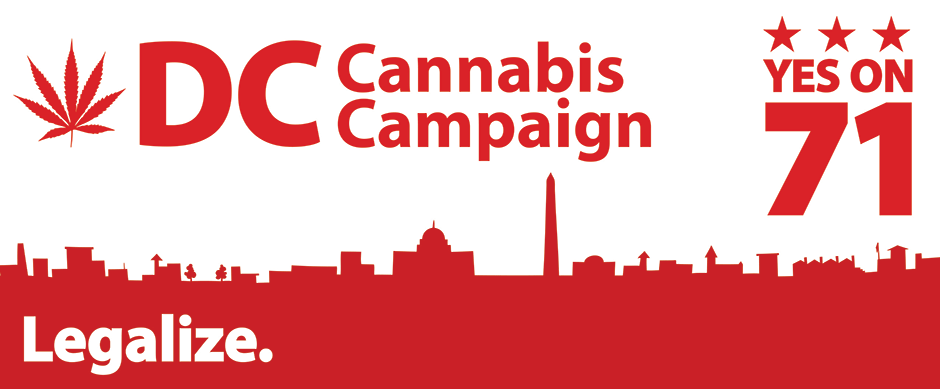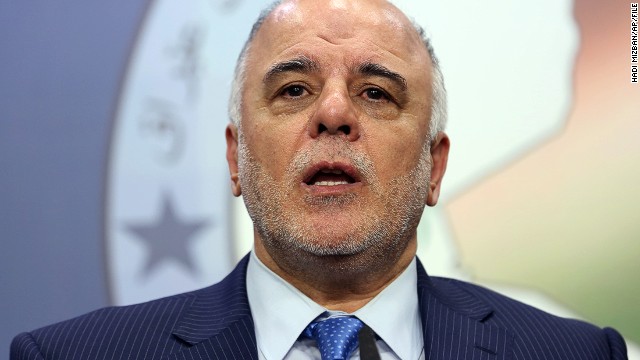From all of us here at FFSOM, we'd like to wish you a politically-correct holiday greeting:
Please accept with no obligation, implied or implicit, my best wishes for an
environmentally conscious, socially responsible, low stress, non-addictive, gender
neutral, celebration of the winter solstice holiday, practiced within the most enjoyable
traditions of the religious persuasion of your choice, or secular practices of your
choice, with respect for the religious/secular persuasions and/or traditions of others,
or their choice not to practice religious or secular traditions at all and a fiscally
successful, personally fulfilling and medically uncomplicated recognition of the onset
of the generally accepted calendar year 2000, but not without due respect for the
calendars of choice of other cultures whose contributions to society have helped make
America great (not to imply that America is necessarily greater than any other country
or is the only "AMERICA" in the western hemisphere), and without regard to the
race, creed, color, age, physical disability, religious faith, choice of computer platform,
or sexual preference of the wishee.
Legal Disclaimer: By accepting this agreement, you are accepting these terms.
This greeting is subject to clarification or withdrawal. It is freely transferable with no
alteration to the original greeting. It implies no promise by the wisher to actually
implement any of the wishes for her/himself or others, and is void where prohibited by
law, and is revocable at the sole discretion of the wisher.
This wish is warranted to perform as expected within the usual application of good
tidings for a period of one year, or until the issuance of a subsequent holiday greeting,
whichever comes first, and warranty is limited to replacement of this wish or issuance
of a new wish at the sole discretion of the wisher.
Sincerely,
(Name withheld for legal, social and cultural considerations.)
Please accept with no obligation, implied or implicit, my best wishes for an
environmentally conscious, socially responsible, low stress, non-addictive, gender
neutral, celebration of the winter solstice holiday, practiced within the most enjoyable
traditions of the religious persuasion of your choice, or secular practices of your
choice, with respect for the religious/secular persuasions and/or traditions of others,
or their choice not to practice religious or secular traditions at all and a fiscally
successful, personally fulfilling and medically uncomplicated recognition of the onset
of the generally accepted calendar year 2000, but not without due respect for the
calendars of choice of other cultures whose contributions to society have helped make
America great (not to imply that America is necessarily greater than any other country
or is the only "AMERICA" in the western hemisphere), and without regard to the
race, creed, color, age, physical disability, religious faith, choice of computer platform,
or sexual preference of the wishee.
Legal Disclaimer: By accepting this agreement, you are accepting these terms.
This greeting is subject to clarification or withdrawal. It is freely transferable with no
alteration to the original greeting. It implies no promise by the wisher to actually
implement any of the wishes for her/himself or others, and is void where prohibited by
law, and is revocable at the sole discretion of the wisher.
This wish is warranted to perform as expected within the usual application of good
tidings for a period of one year, or until the issuance of a subsequent holiday greeting,
whichever comes first, and warranty is limited to replacement of this wish or issuance
of a new wish at the sole discretion of the wisher.
Sincerely,
(Name withheld for legal, social and cultural considerations.)










